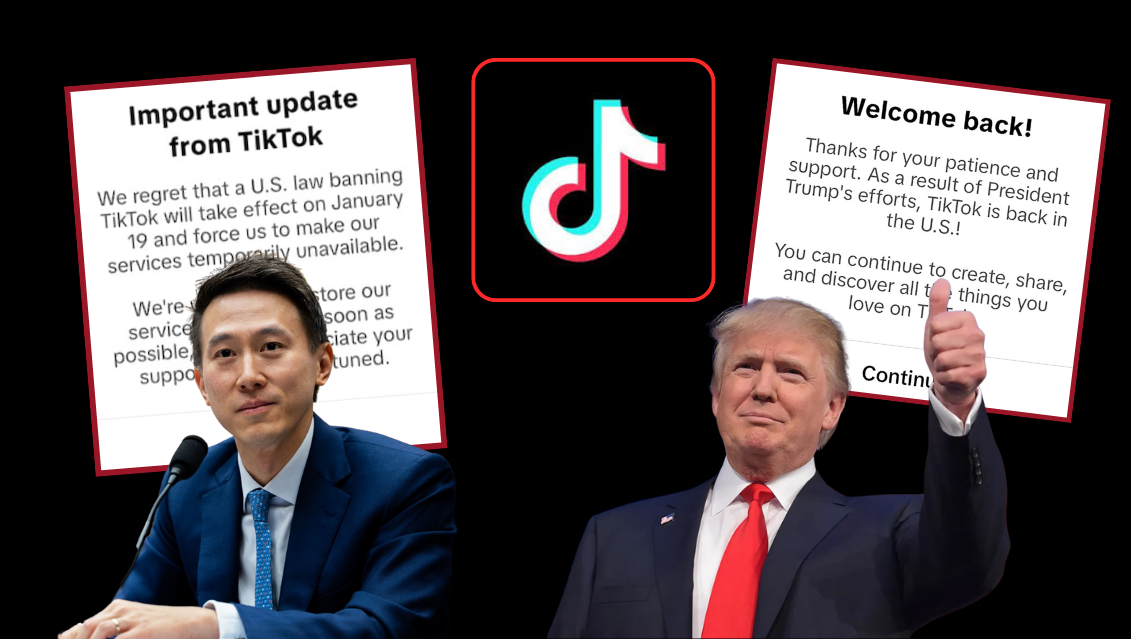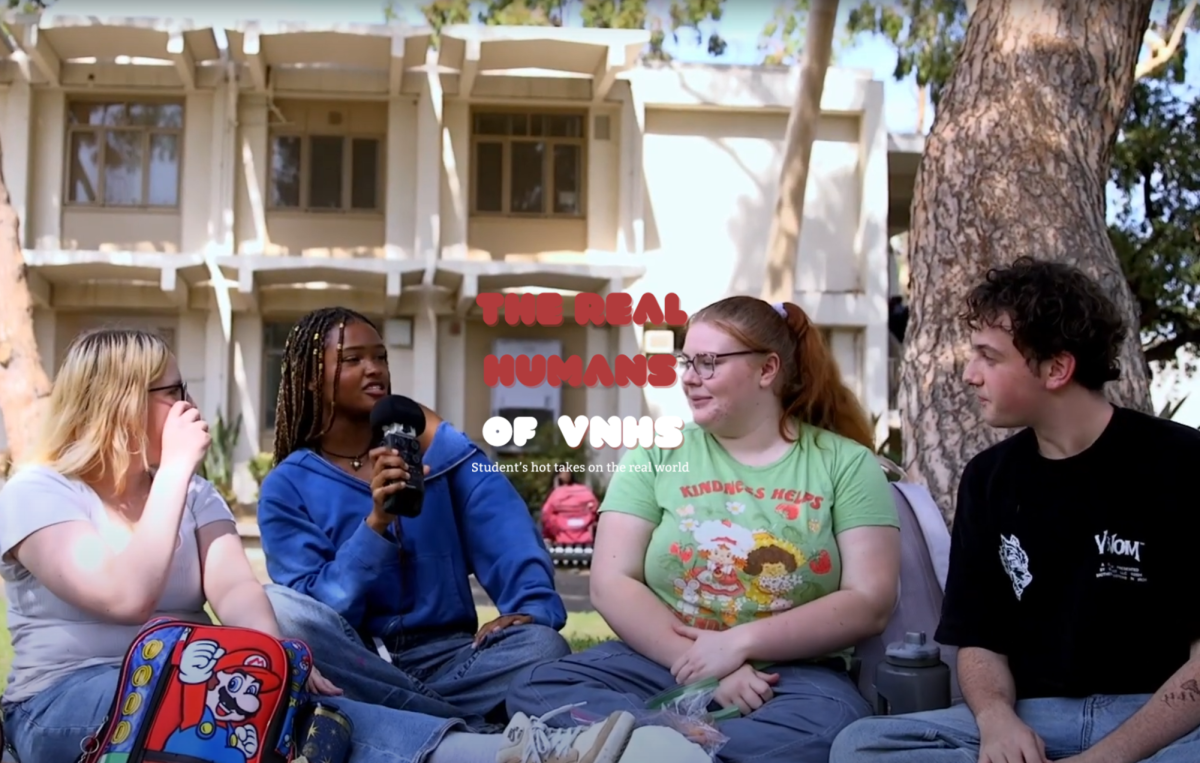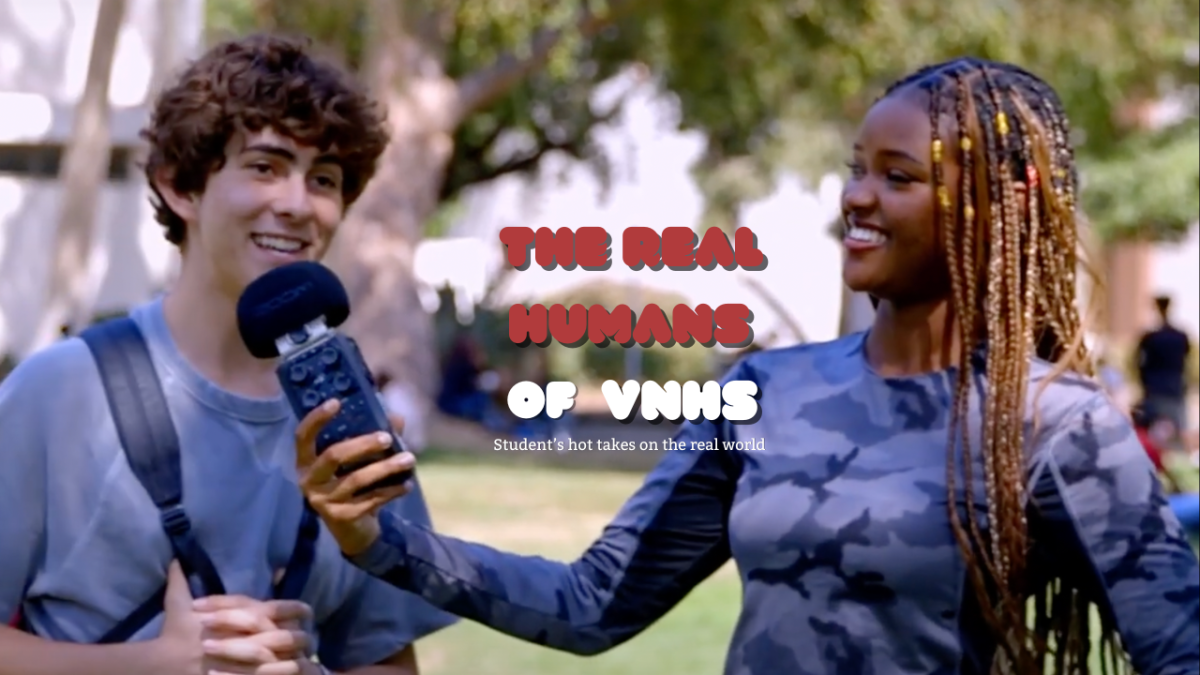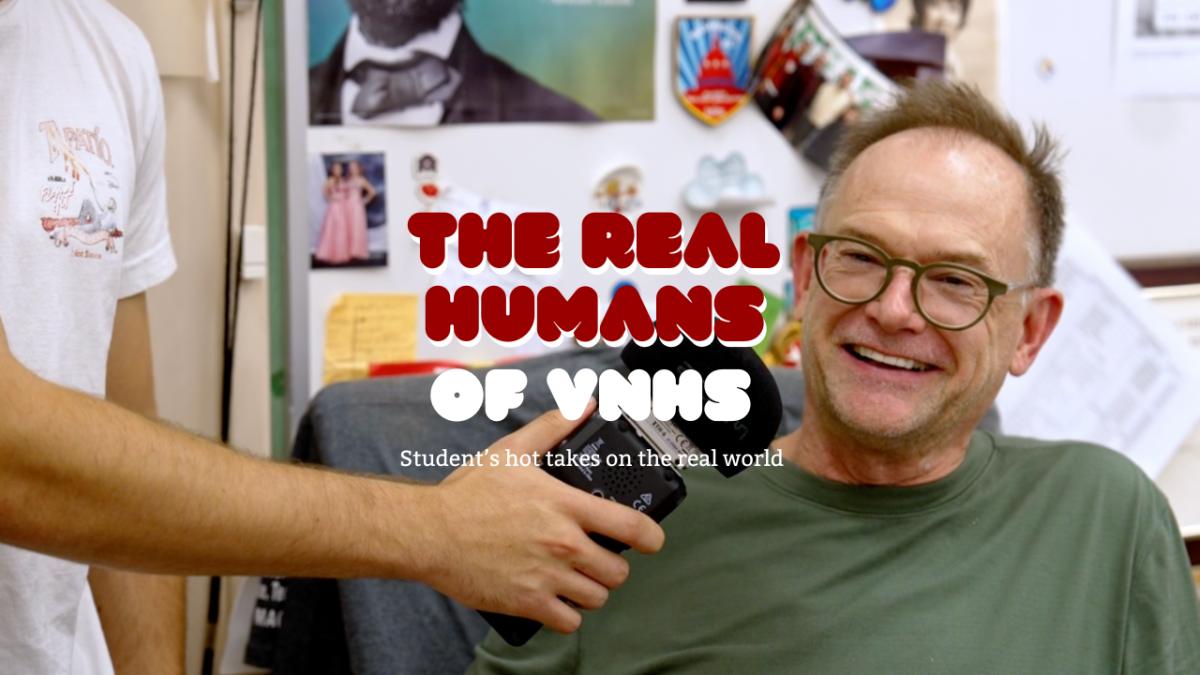
In our final episode of the 2024-2025 school year, we take an introspective look at the award winning journalism program at our school, The VNHS Mirror. Host Hudson Mirsky inquires about editors and writers' experiences with the program, and encourages you to join The VNHS Mirror.

In our final episode of the 2024-2025 school year, we take an introspective look at the award winning journalism program at our school, The VNHS Mirror. Host Hudson Mirsky inquires about editors and writers' experiences with the program, and encourages you to join The VNHS Mirror.

In our final episode of the 2024-2025 school year, we take an introspective look at the award winning journalism program at our school, The VNHS Mirror. Host Hudson Mirsky inquires about editors and writers' experiences with the program, and encourages you to join The VNHS Mirror.

In our final episode of the 2024-2025 school year, we take an introspective look at the award winning journalism program at our school, The VNHS Mirror. Host Hudson Mirsky inquires about editors and writers' experiences with the program, and encourages you to join The VNHS Mirror.
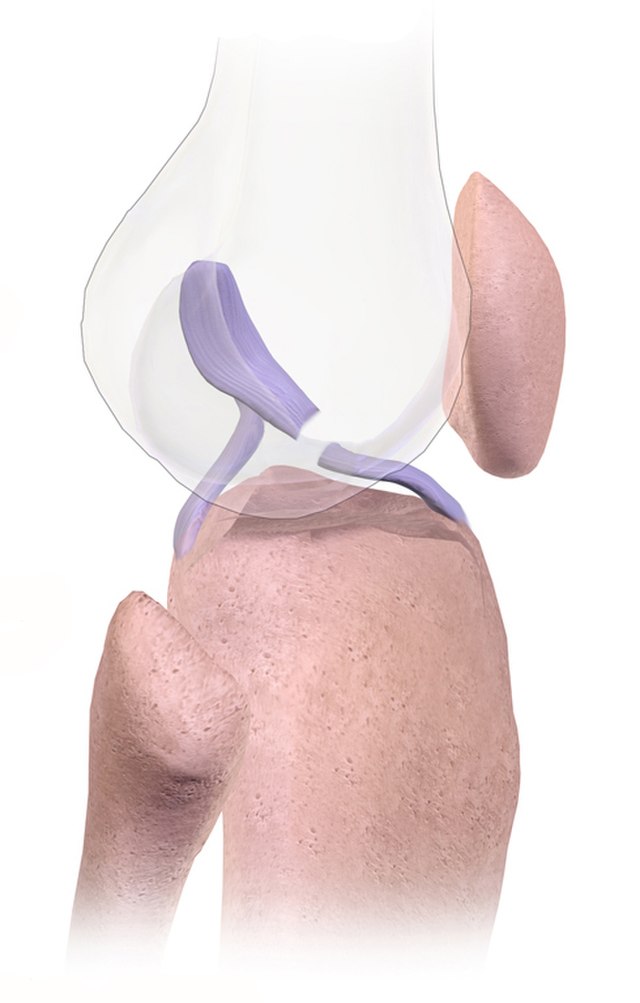
By Ennio Muh
Female athletes face a higher risk of ACL injuries due to biological and hormonal factors, but targeted prevention programs offer hope in reducing these occurrences.

By Deven Martinez, Staff Writer
The VNHS dance department's "Present Tense" performance captivates audiences with its blend of emotional and joyful pieces, highlighting themes from love to environmental concerns.
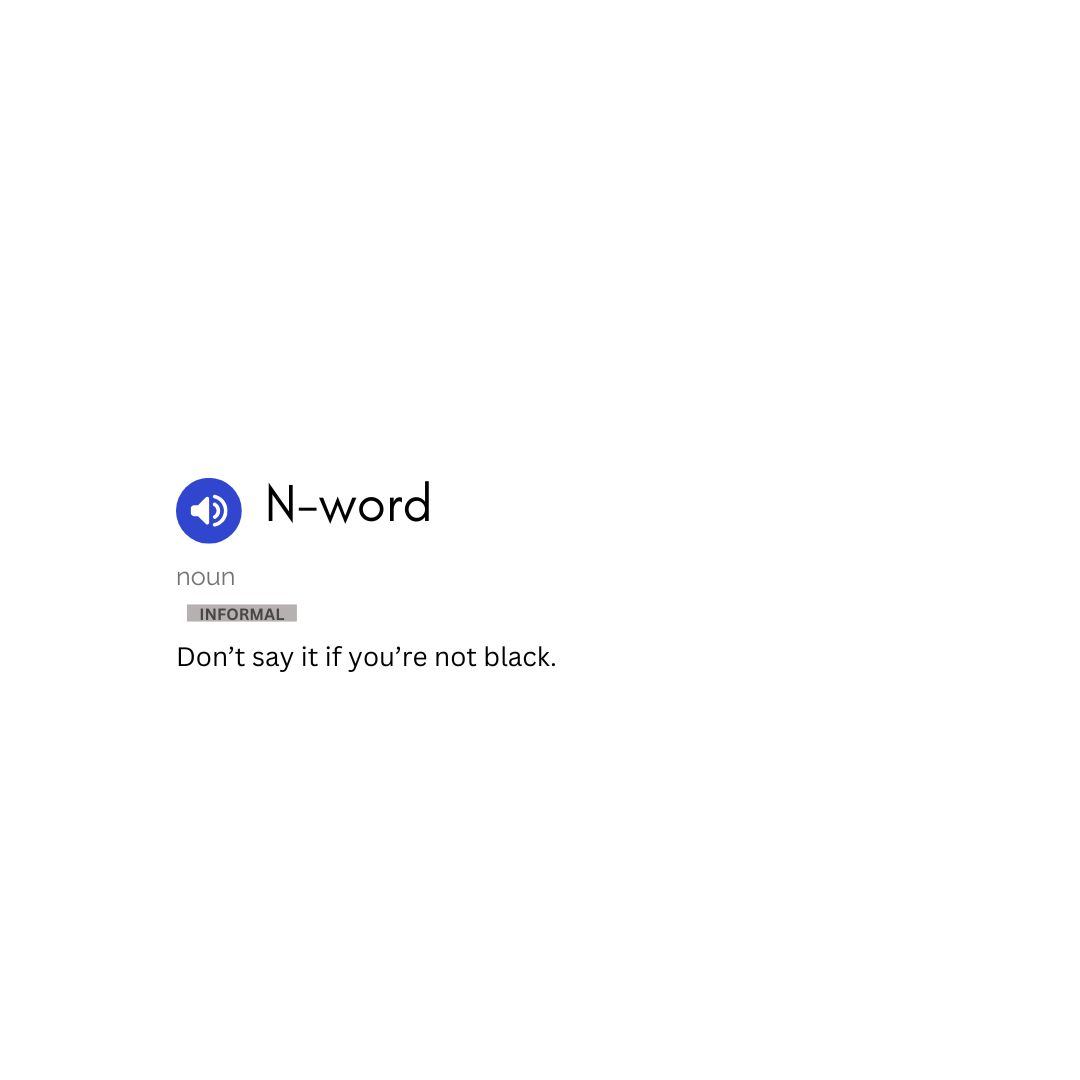
By Olamide Olumide, Editor-in-Chief
The misuse of racial slurs by students highlights the need for respectful dialogue and understanding about language sensitivity in school communities.

By Abigail Kim, Staff Writer
Education systems often prioritize data over personal growth, reducing students to mere numbers. True success requires focusing on critical thinking, empathy, and individual development.
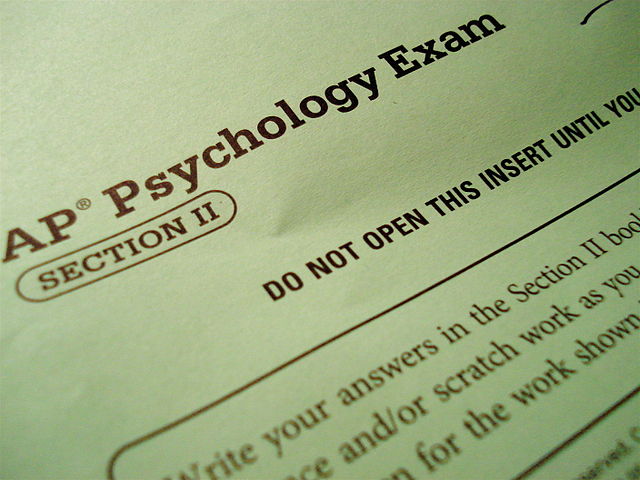
By Argem Alipio, Staff Writer
During the 2025 AP exams, students employed creative cheating methods that led to serious consequences, including canceled scores and disciplinary actions, highlighting the risks of unethical behavior.
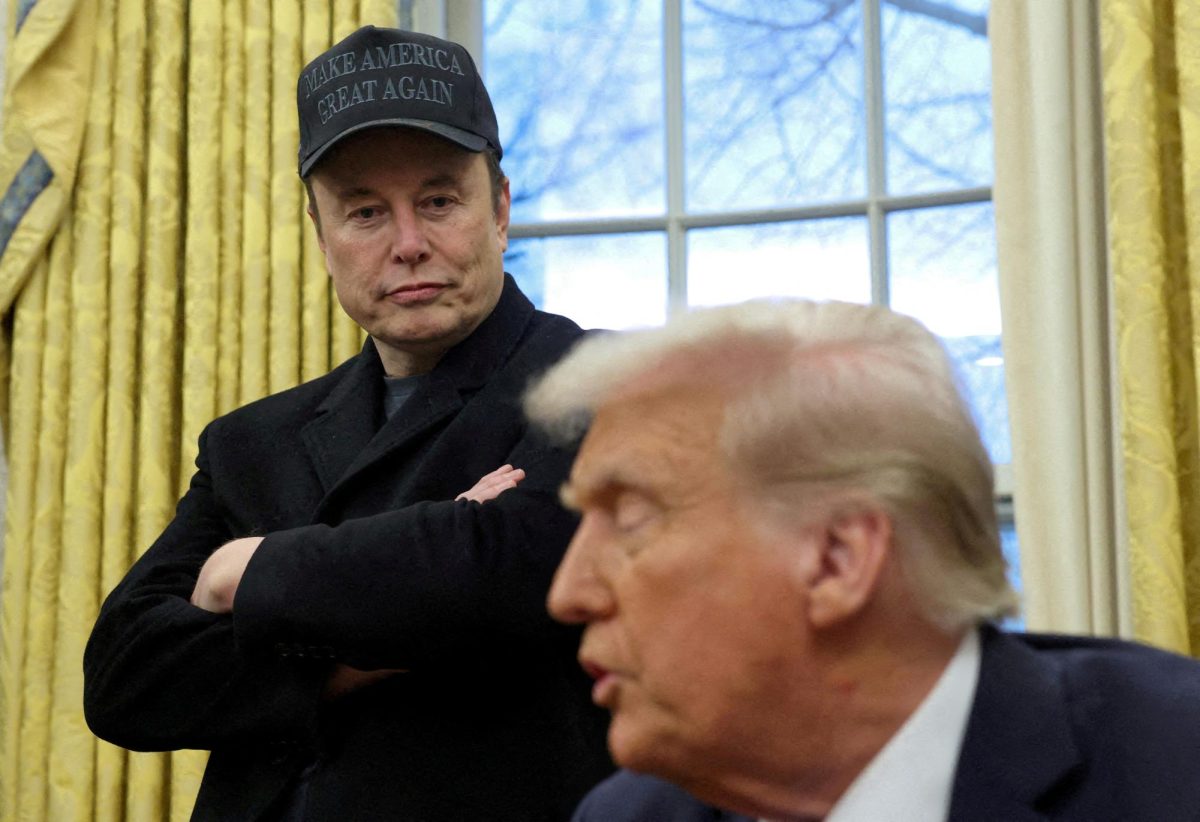
By Joshua Cazares, Staff Writer
Elon Musk's appointment to lead the Department of Government Efficiency has sparked widespread public protests and legal challenges, raising concerns over privacy, ethics, and government overreach.

By Joshua Cazares, Staff Writer
TikTok narrowly avoids a U.S. ban again, as negotiations extend the deadline, leaving millions of users uncertain about the app's future and its impact on digital culture.

By Alyson Cerna and Argem Alipio
President Trump's tariffs on imports raise concerns in fashion and tech industries, affecting prices and market stability. Tariffs paused for China, but uncertainty remains.

By Ocean Threats, Staff Writer
Ozempic, a diabetes drug, gains popularity for weight loss, driven by celebrity use. This trend raises ethical concerns and impacts those who need the drug for diabetes management.
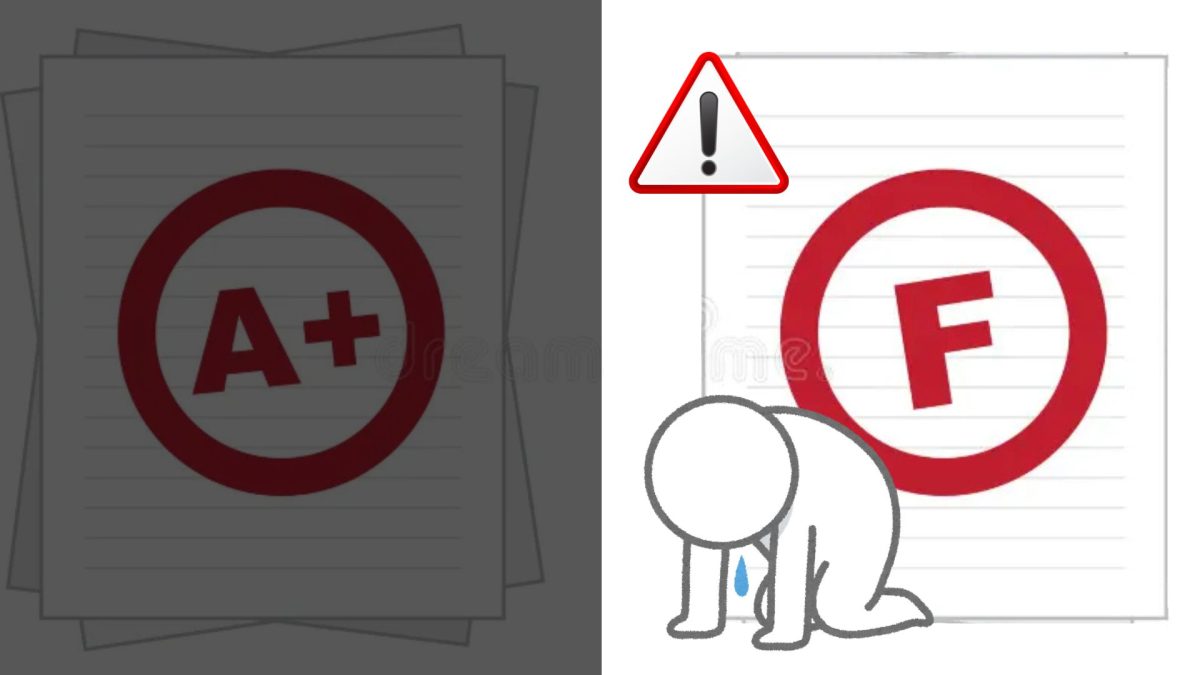
By Isabella Mendoza, Staff Writer
Grades shouldn't overshadow creativity and personal growth. Students must realize that success isn't solely defined by academic performance, but by values, vision, and perseverance.
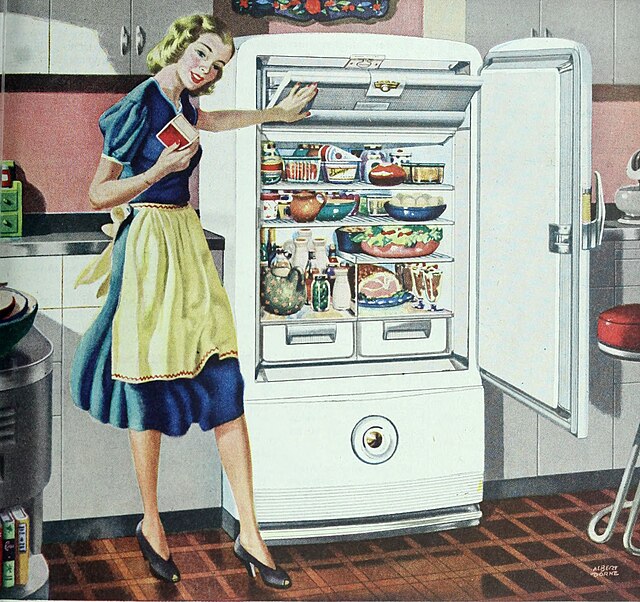
By Addison Cudd, Arts and Entertainment Editor
Alpha Male culture, led by figures like Andrew Tate, faces scrutiny for promoting outdated gender roles. Critics argue that such ideologies conflict with modern societal values.

By Melissa Ocegueda, Staff Writer
Viral trends are making romantic gestures more expensive, especially for teens. From costly rings to curated gift baskets, love is increasingly tied to price over sentiment.
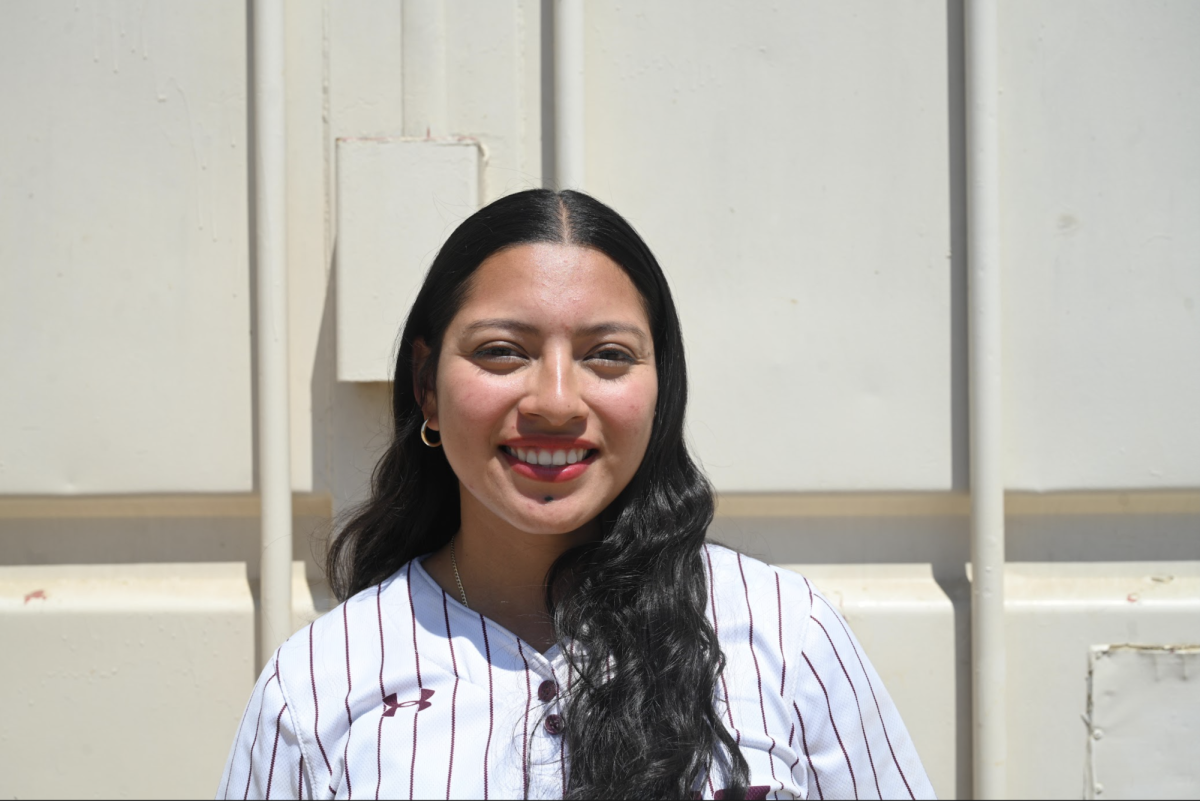
By Natalie Herrera, Staff Writer
Junior Grecia Barrera draws inspiration from her mother, excelling in softball with determination. Balancing multiple sports, she embraces challenges and motivates her teammates.

By Alyson Cerna, News and Features Editor
Bronny James' selection by the Lakers ignites debates over nepotism in the NBA. Critics argue that family legacy may overshadow talent and fairness in the league.

By Joel Nam, Opinion Editor
The people you surround yourself with can either push you forward or hold you back. Keeping that in mind, finding a balance between shared goals and genuine connections is key to developing priceless bonds that will last a lifetime.

By Natalie Herrera, Staff Writer
Toxic masculinity restricts men's emotional expression, leading to mental health issues. Athletes challenge stereotypes, promoting emotional awareness and reducing stigma around vulnerability.
Scoreboard
-
Van Nuys High School3Sylmar High School4May 21 / Boys Tennis
-
Van Nuys High School7Grant High School1Apr 30 / Baseball
-
Van Nuys High School22Canoga Park High School1Apr 30 / Softball
-
Van Nuys High School3Reseda High School0Apr 28 / Boys Volleyball
-
Van Nuys High School2Serra High School13Apr 26 / Baseball
-
Van Nuys High School2Chavez High School0Apr 26 / Boys Volleyball
-
Van Nuys High School2Lakeview Charter High School0Apr 26 / Boys Volleyball

By Deven Martinez, Staff Writer
Hollywood's reliance on familiar tropes and plots leaves audiences desiring originality. Critics argue for fresh narratives that engage viewers and spark emotional connections.
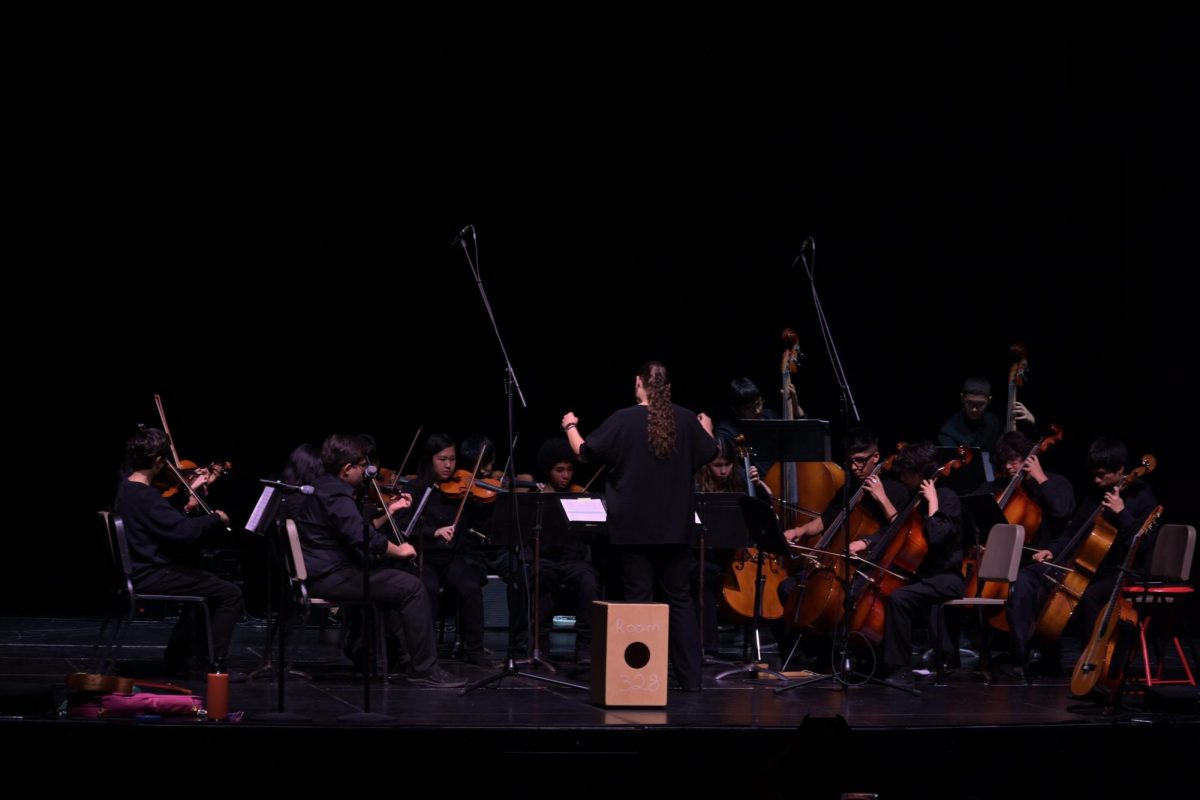
By Ocean Threats, Staff Writer
Van Nuys High School's arts programs offer a variety of captivating performances, yet many remain unnoticed due to insufficient promotion. These talented students deserve a larger audience.

By Melissa Ocegueda, Staff Writer
Van Nuys High School's Musical Theater class dazzled with a showcase featuring performances from "Pippin" to "Cabaret," marking a bittersweet farewell for graduating seniors.

By Alyssa Reign Pontines, Staff Writer
Arcane's first three episodes introduce a world of class conflict and forbidden knowledge, brought to life with Fortiche's distinct animation style. The series promises a rich, thought-provoking experience.

By Elizabeth Escobar, Staff Writer
LAUSD uses GoGuardian software to monitor student internet use, sparking debates over privacy. While teachers find it helpful, students express concerns about its extensive control.
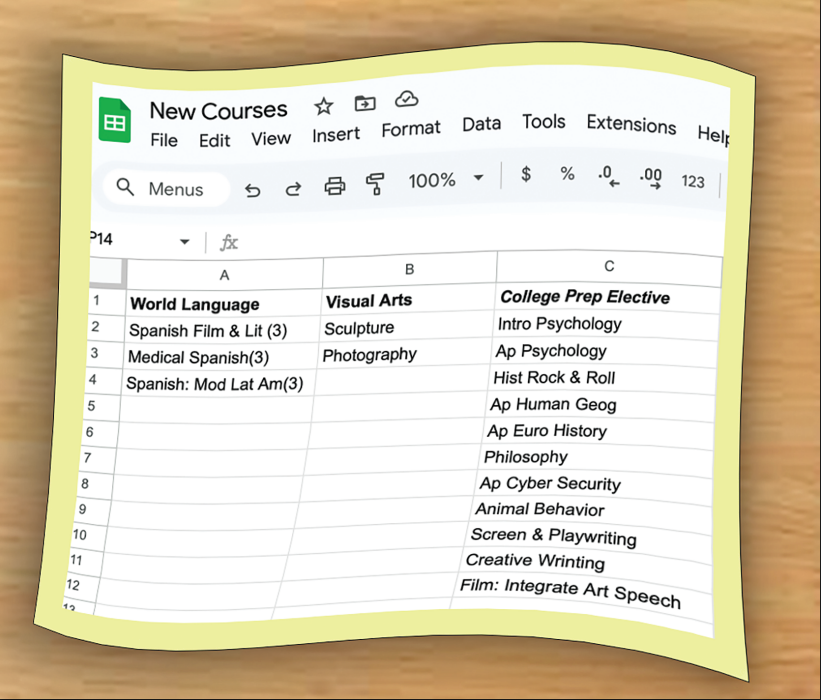
By Joshua Cazares, Staff Writer
Van Nuys High shifts to an eight-period block schedule, offering students more electives and flexibility. Reactions vary as students adjust to the longer class periods.
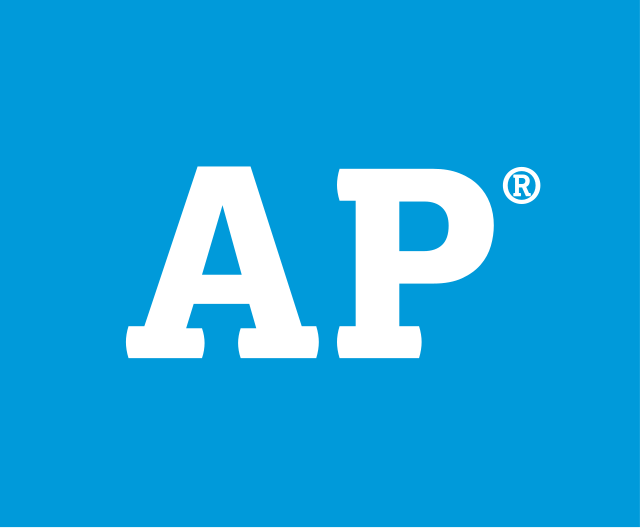
By Skylie Molina, Staff Writer
During AP exam season, students navigate stress and triumph by sharing study strategies, post-exam rituals, and imaginative takes on their testing experiences.

By Brian Batres, Photographer
At this year's prom, the wolves displayed their creativity through vibrant and artistic nail designs, showcasing a variety of colors and styles that captivated attendees.
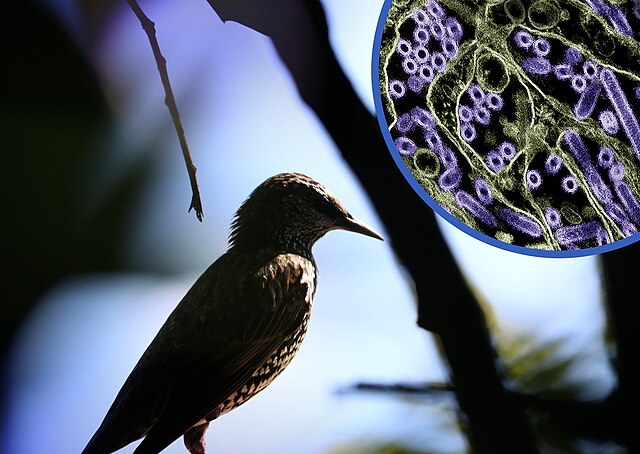
By Elizabeth Escobar, Staff Writer
El brote de gripe aviar en curso está afectando el suministro de alimentos en Estados Unidos y provocando un aumento de precios. Las industrias avícola y láctea enfrentan desafíos a medida que el virus se propaga, impactando a los consumidores de todo el país.
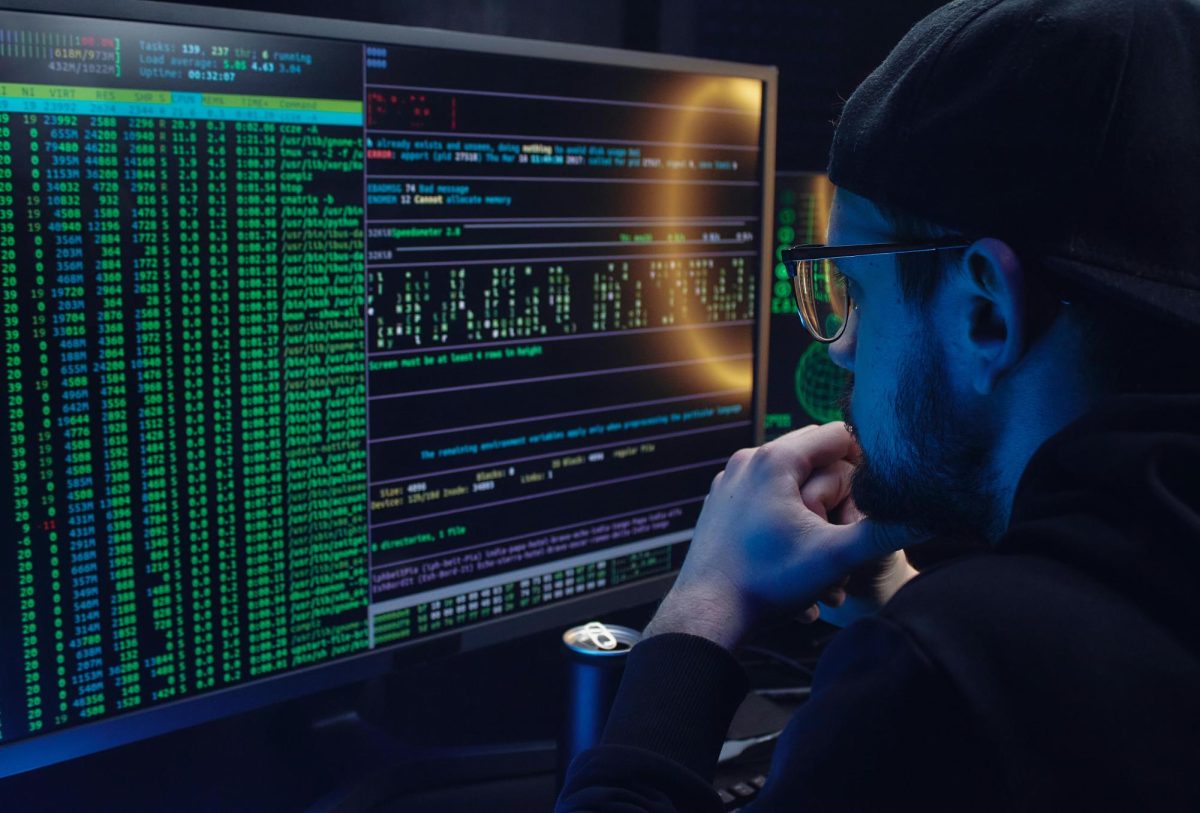
By Joel Nam, Opinion Editor
En la era digital, los datos personales se recopilan y venden con frecuencia, lo que plantea importantes problemas de privacidad. Se necesitan normas más estrictas para proteger a las personas del uso indebido y la manipulación.
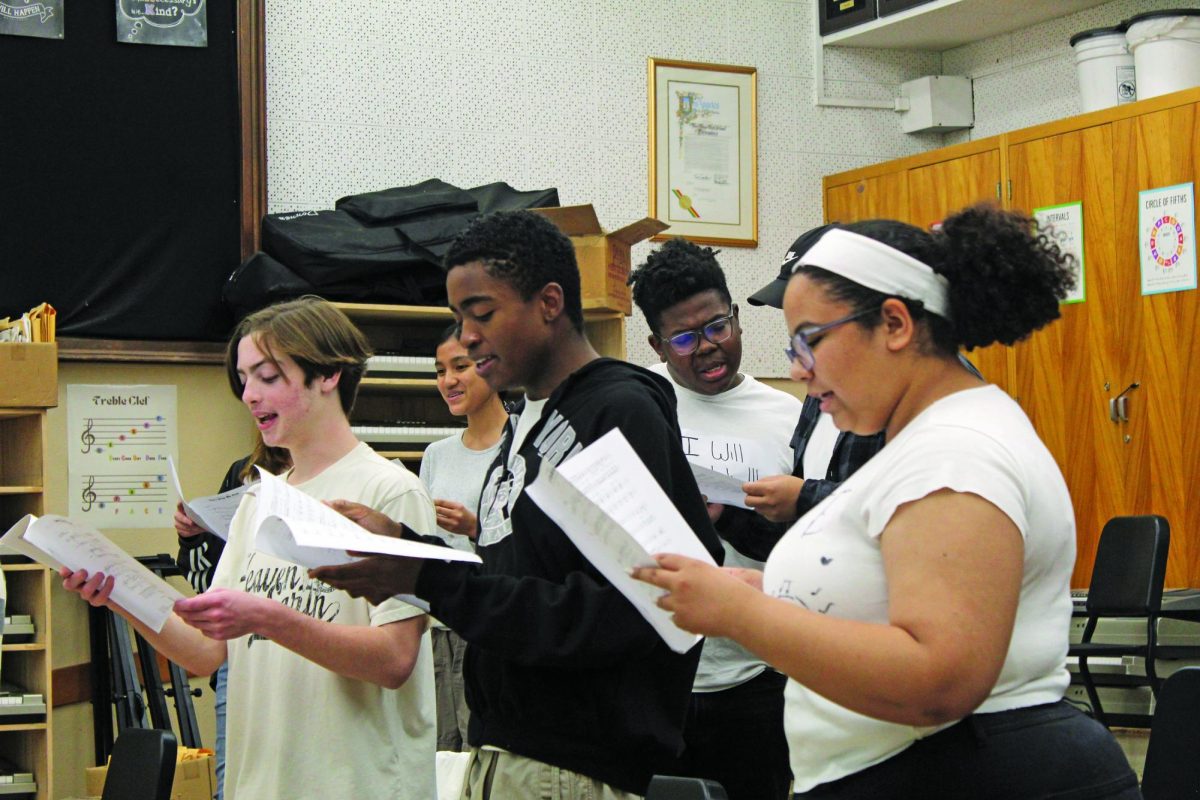
By Deven Martinez, Staff Writer
El programa de coro de la escuela secundaria Van Nuys se enfrentò a numerosos cambios de director, pero los alumnos demonstraron resistencia y liderazgo, asegurando el éxito del programa en tiempos difíciles.
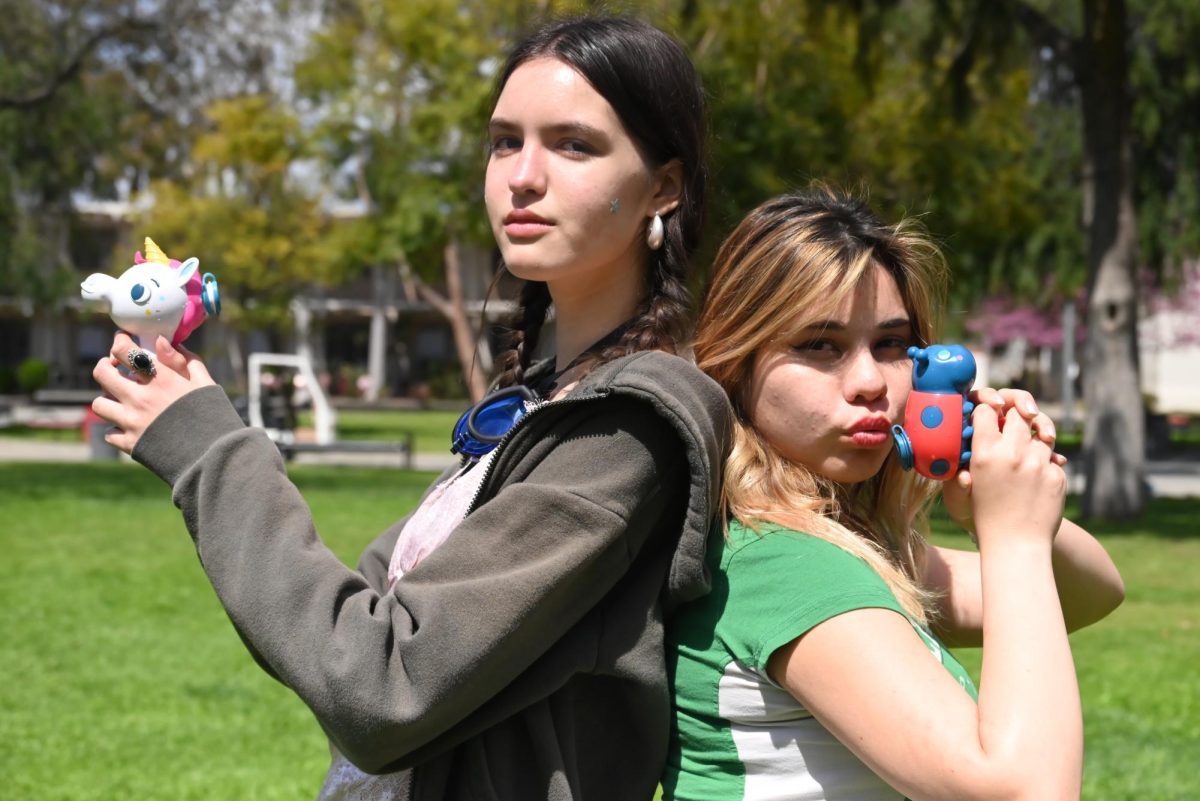
By Skylie Molina, Staff Writer
“Lo siento, lo siento”, gritó Ryan Kumar, estudiante de último curso, mientras perseguía a su amigo, su objetivo asignado, antes de lograr la eliminación. A medida que el curso escolar 2024-2025...


